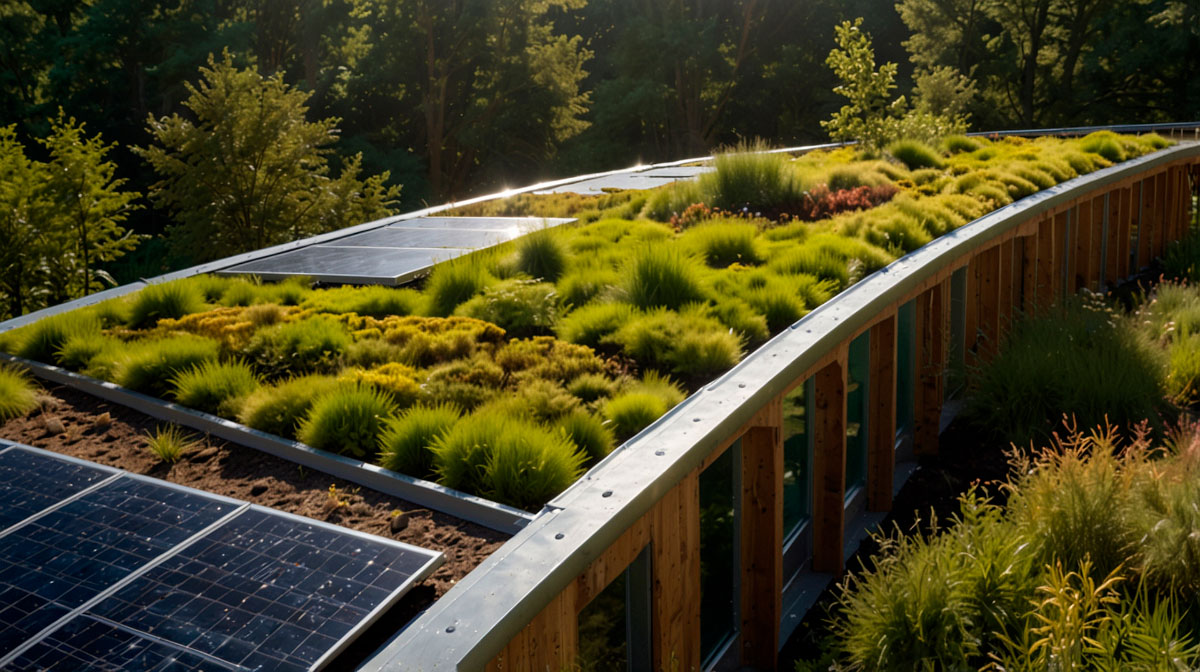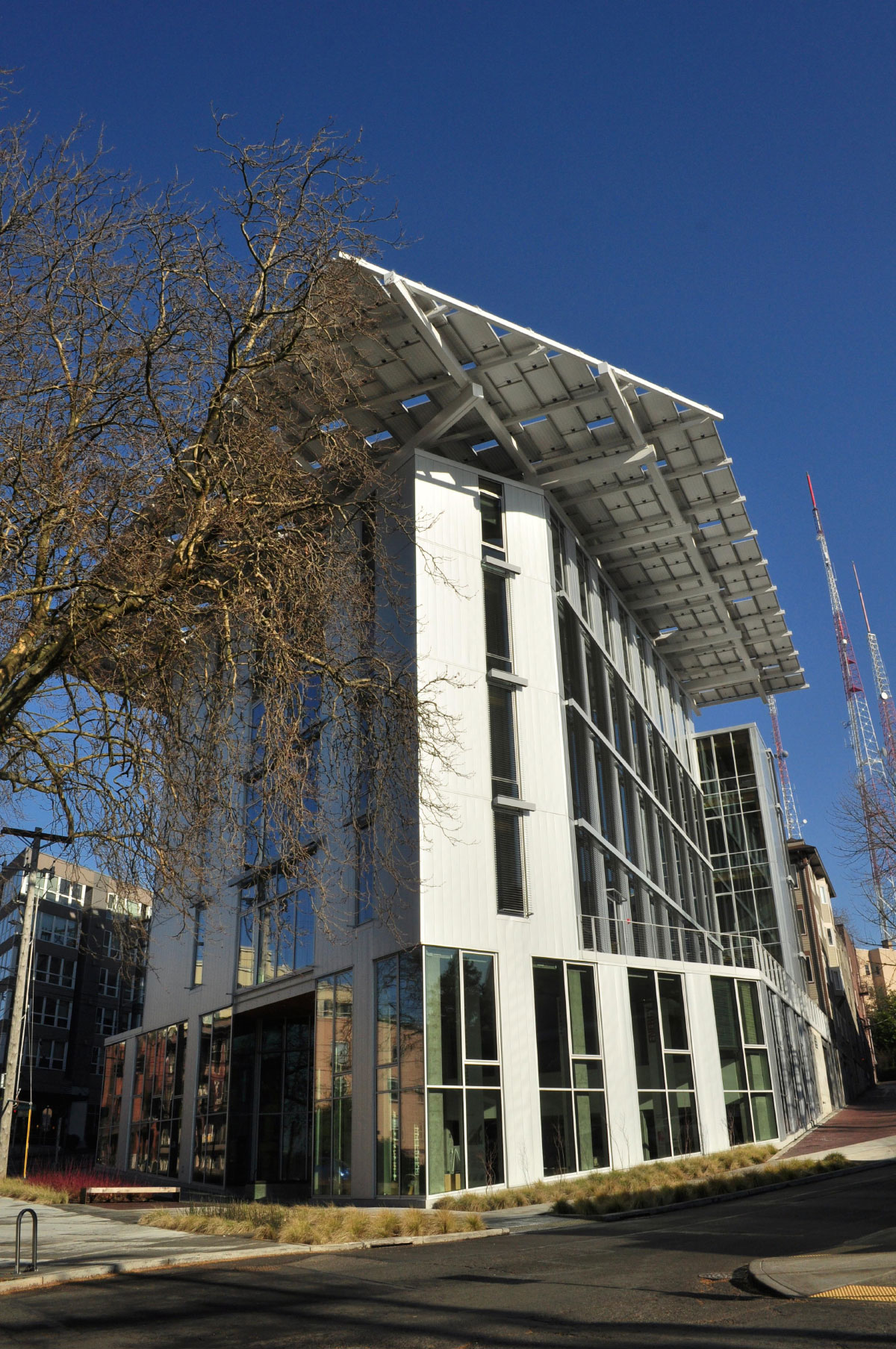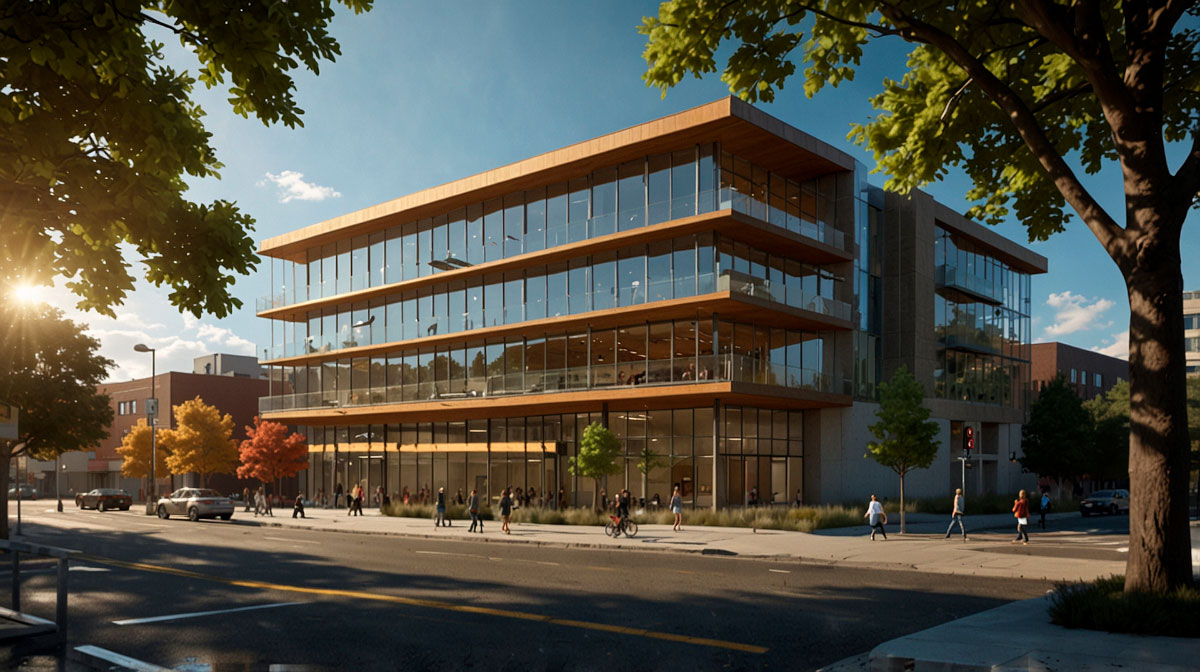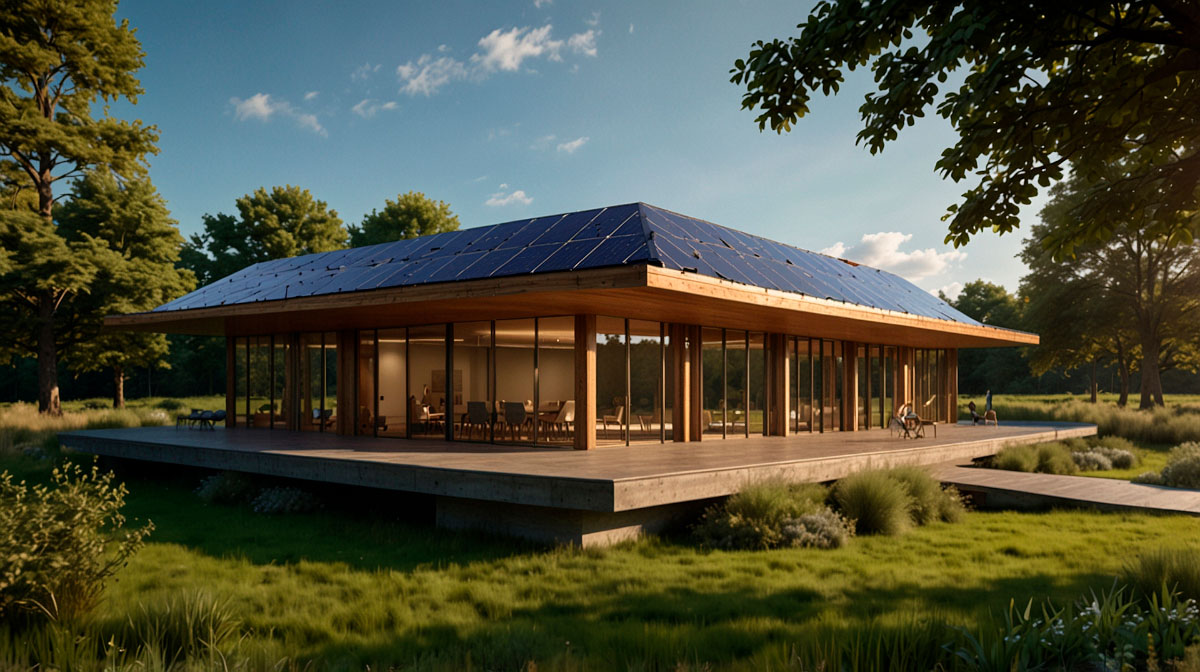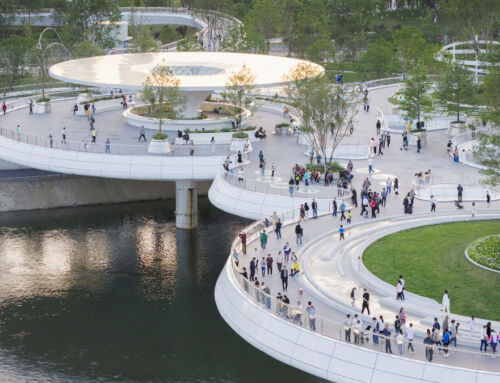The house of the future will breathe with the rhythm of the seasons, filter the rain that bathes it, and integrate into the ecosystem as if it were a living part of it. This is the idea pursued by regenerative architecture, a concept that redefines the dialogue between construction and nature. Beyond sustainability—a term that has become clichéd and somewhat superficial—regenerative architecture proposes, beyond minimizing damage, repairing, restoring, and returning what human development erodes.
From Theory to the Land: Origins of Regenerative Architecture
The origins of this idea lie in the 20th century, when pioneers like John T. Lyle imagined buildings that emulate the cycles of nature. Later, thinkers like Bill Reed, inspired by permaculture and the ancestral knowledge of indigenous peoples, transformed the idea into a concrete practice. The goal was no longer isolated structures, but rather the creation of symbiotic systems: buildings that capture solar energy, purify water, enrich the soil, and, as a corollary, re-educate our relationship with the land.
Examples of Regenerative Architecture: From New York to Seattle
The Omega Center in New York, USA, is an example of this perspective. It combines a artificial wetland with a greenhouse to treat its wastewater, while operating exclusively on solar energy. In Seattle, also in the USA, the Bullitt Center—dubbed “the greenest building in the world“—generates surplus electricity, collects every drop of rain, and rejects toxic materials with monastic discipline.
Digging trenches to restore aquifers, using compacted earth in walls, roofing with native species that attract pollinators… Regenerative architecture seeks to weave a new relationship with the Earth, where each building is a node of regeneration, connected to the rhythms that sustain us.
By Manolo Barberá, Senior Hydraulic Modeller in the Architecture Department at Amusement Logic


